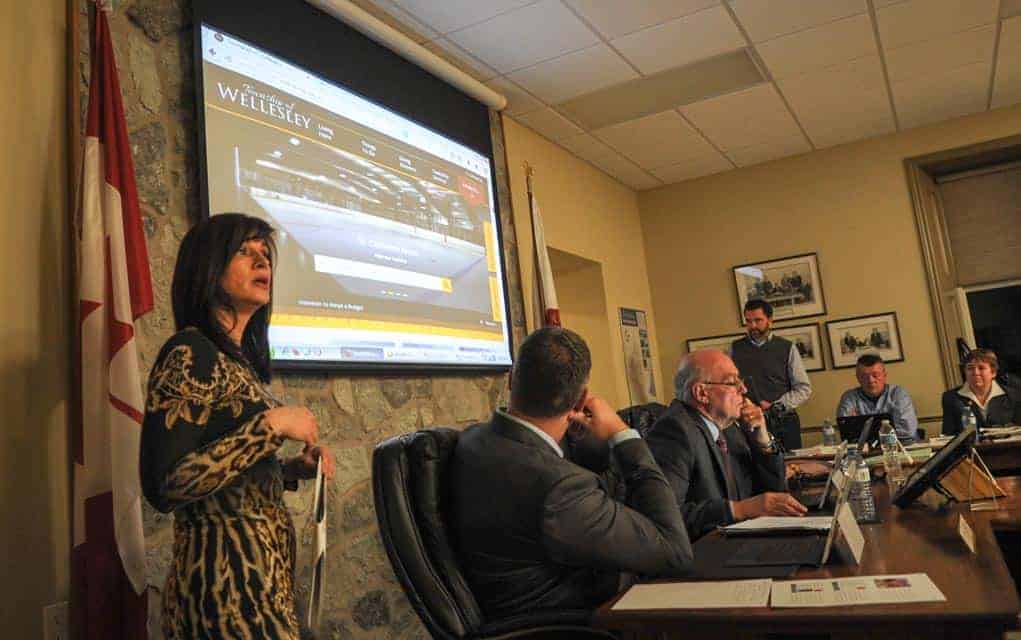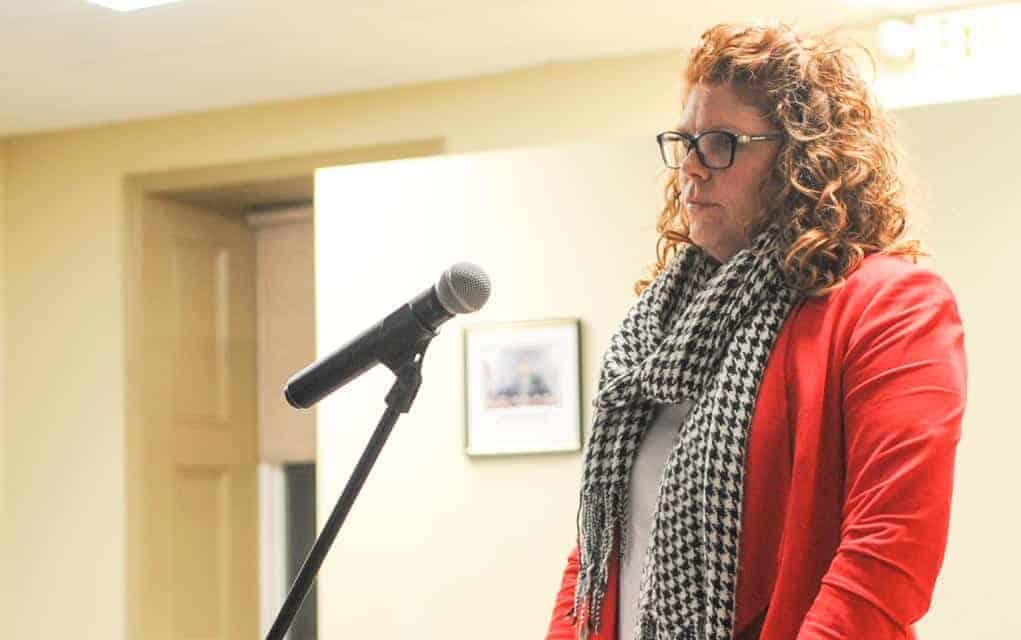;
;
;
Next Article
Wellesley to launch redesigned website on Feb. 10

A planning consultant hired by the township has completed the first phase of a community improvement plan looking at the core areas of Wellesley and St. Clements. Meeting Tuesday night, councillors got an update from Stantec senior planner Nancy Reid, who explained the firm has done preliminary comm
Last updated on May 04, 23
Posted on Feb 02, 17
2 min read
